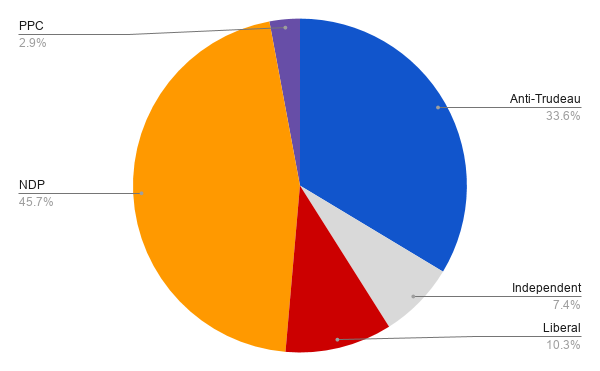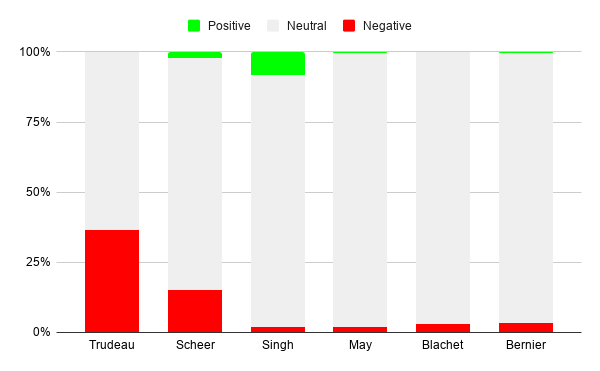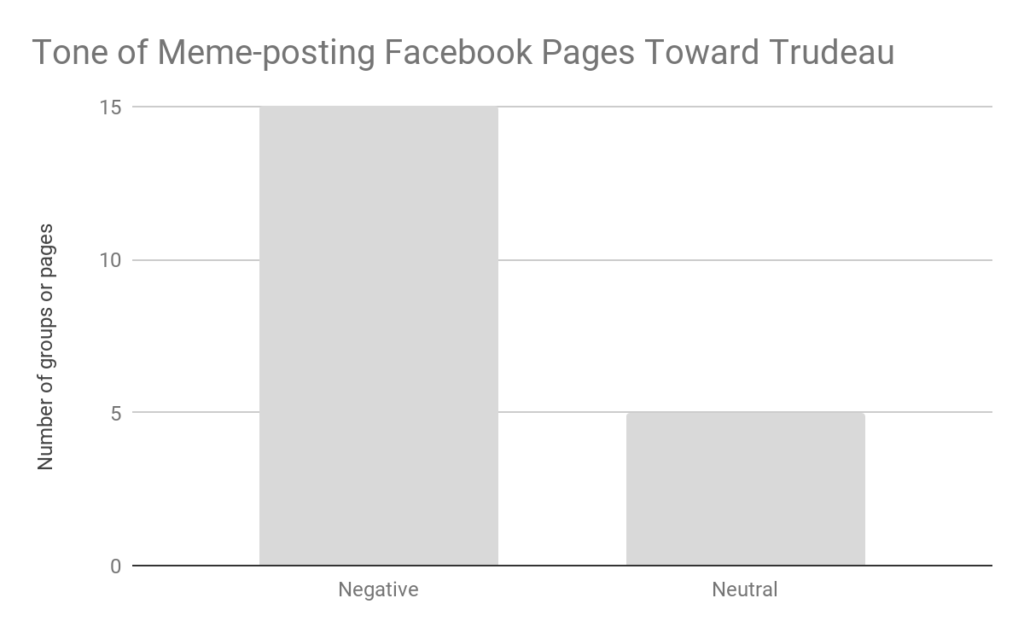Introduction
I am an Associate Professor in Information and Communication Technology Policy at Concordia University. My research addresses the intersection of algorithms and AI with media policy. I submit these comments in a professional capacity representing my views alone.
Background
I am speaking from the unceded Indigenous lands of Tiohtià:ke/Montréal. The Kanien’kehá:ka Nation is recognized as the custodians of the lands and waters on which we gather today.
That acknowledgment has great urgency. As a participant in the National Culture Summit, I witnessed a consensus to reimagine cultural policy post-Massey. A future where investments in the Arts and Culture are something other than a settler-colonial project, a future where Cultural Policy is key to governments’ responsibilities and their relations to the many peoples who find their home in Canada.
That future is also bound to public service media in Canada. For all the talk today about disinformation and threats to democracy, the academic evidence is clear. Canada’s resilience depends on public service media. Public service media requires funding and innovation. Change that cannot wait. Every year I am reminded how irrelevant public service media is becoming as I ask my students their own media habits.
These students are part of a new generation of cultural creators working on new platforms under precarious working conditions. We need only be reminded about the coordinated harassment against Clara Sorrenti most recently to know that who gets considered a cultural worker and protected as a cultural worker. I know this better thanks to Margaret McDonald and Dr. Valerie Webber’s research on sex workers online and my collaborations with Saskia Kowalchuk on the meme makers on Tik Tok. These creators need rights.
These are issues of great importance but not directly addressed, or at least clearly addressed, by C-11. I recommend that C-11 is narrowed in scope, and that subsequent legislation addresses the objectives of Canadian cultural policy, renews public service media, and develops rights and protections for digital creators.
C-11
The Act today has one clear objective: ensure that the CRTC has the capacity to regulate large, economically powerful domestic and international firms involved in broadcasting distribution. Online streaming regrettably, remains a broad term, but the mission-critical function of the new Act must address the convergence of large online video-on-demand services and traditional broadcasting distribution undertakings.
The maturation of the streaming service to a few dominant players indicates that online services have become cable by other means. C-11 must ensure the CRTC has the jurisdiction to regulate this converged broadcasting system.
To do so, I see 4 areas for improvement.
1. Discoverability
2. Privacy
3. Reforms to the CRTC
4. Scope
Discoverability
First, the lack of a clear definition of discoverability – as opposed to prominence or catalog quota – undermines a larger movement for algorithmic and AI accountability. I recommend the Act defines discoverability its consequences for regulated entities and its feasibility under the government’s commitments to the USMCA. In addition, I recommend a more coordinated effort across government to implement an Algorithmic and AI Accountability Act.
Privacy
The discoverability question is a proxy question that might be rephrased: does being a private data collector grant broadcasting distributors unfair market power? I think so.
As I have written with my co-author Bram Abramson, we recommend the act adds the following policy objective: “contribute to the protection of the privacy of persons and recognize the public and cultural significance of information about them.”
The amendment recognizes both the need to harmonize privacy and broadcasting policy, but also recognizes the significance of cultural data as a public commons that require care and protection, especially in an age of DALL-E and Stable Diffusion.
CRTC
Given the complexity of these matters, I am discouraged that the Act has not followed the BTLR report’s recommendations for CRTC reform especially the establishment of a Public Interest Committee. As someone who cares and participates actively at the CRTC, I worry the expectations that C-11 places on the CRTC are unrealistic, gives too much voice to corporate interests and too little to public interests. I recommend the BTLR recommendations, Section 1, be considered as part of C-11 or another Act in tandem.
Scope
Finally, I continue to not know the scope of the Act. The lack of clarity and unwillingness to narrow its application to Canada’s media system remains C-11’s enduring shortcomings. I recommend that Section 4.1 be clarified as well as how platform affiliates would be subject to regulation.
These matters are for today. What matters to me most are the future of cultural policy I discussed at the start that remain stalled due to the lack of reforms to C-11.













